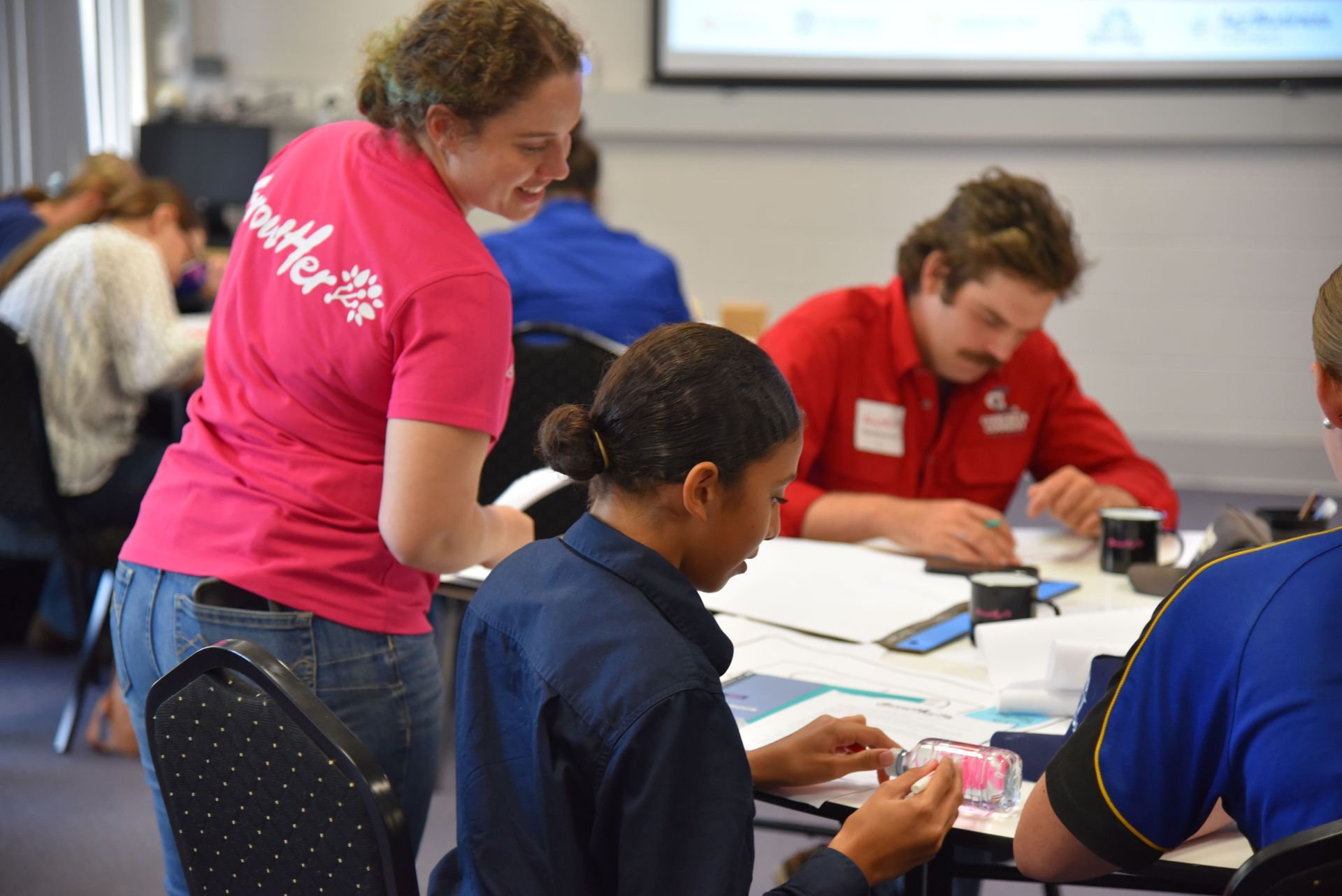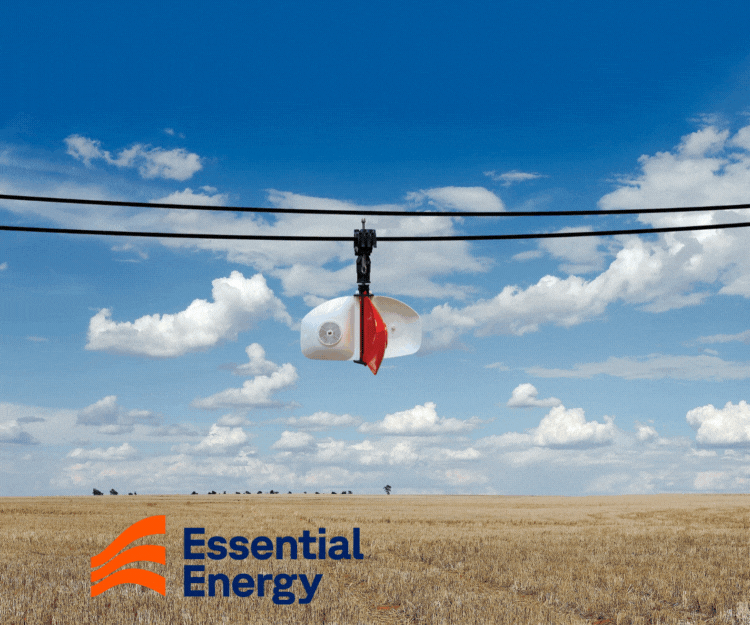1MG FlippingBooks
Revolutionising River Management
The world sees Australia as a leader in water management, with the iconic Murray-Darling Basin a standout example of its prowess.

Australia is recognised as a leading water-policy innovator and sophisticated river-basin manager. We are best known for our management of the iconic Murray-Darling Basin (MDB), which covers one seventh of the Australian continent, is home to two million people, is the centre of our irrigation industries and supports over 30,000 wetlands, sixteen declared internationally important under the Ramsar Convention. The Basin covers five jurisdictions (four states and one territory), with the Australian Government playing an important role through its responsibilities defined in the Water Act 2008. Hence, the MDB is also an exemplar in inter-jurisdictional water management.
Over many decades the ecological health of the MDB declined due to over-allocation of water resources, pollution arising from land conversion for agriculture and urban development, and climate change altering rainfall patterns and enhancing extreme weather events. The ecological decline has been seen in increasing river salinisation and sedimentation, algal blooms (the world’s longest being recorded in 1991-2), loss of riparian vegetation, including river redgums, declining biodiversity and increased closure of the mouth of the Murray River.
The key innovation steps in addressing the simultaneous issues of ecological decline, increasing competition for scarce water resources and emerging climate change were: capping consumptive water use (1995) and later setting a basin-wide Sustainable Diversion Limit (SDL) (2012); establishing a water market to facilitate water trading (1990s on); designing a Basin Plan for integrated water management, including environmental watering (2012); reduction of consumptive water entitlements (2012); and implementation of sub-basin water resource plans (2019 on). As an aside, Australia has been successful in managing river salinisation through building 18 salt interception schemes.
The central plank to this major river basin innovation was building a ‘cap and trade’ system that is unique globally. The 1995 cap to surface water diversions was a critical first step to preventing further over-allocation. Setting up a water market then allowed the trading of water among users in the Basin, with the market setting the price of water at any given time. The key objective of the cap was to retain sufficient water in the river for its environmental needs. The key objectives of the market were to facilitate the migration of consumptive water to higher value uses and to build resilience during drought by allowing entitlement owners to sell precious allocated water into the market for others to use, while retaining an income from selling water.
The 1995 cap on surface water use was found in subsequent studies to be insufficient for two reasons: first, the amount left over for environmental water use was insufficient to maintain a healthy river system; and second, increased groundwater use was being substituted for the loss of access to additional surface water. The next round of innovation sought to address these problems, firstly by scientifically determining how much water is needed to maintain a healthy aquatic environment in the MDB. This led to the concept of quantifying the SDL – the total amount of water that could, over a given period of time, be sustainably extracted for consumptive purposes. The SDL, when calculated, was below the 1995 Basin Cap, which then required a permanent reduction in water allocations to water entitlement holders to meet the new SDL. The second step was to treat surface and groundwater as one water resource, which in practice meant setting SDLs for both surface water and groundwater independently but in a way that could be aggregated. While one overall SDL was set for the Basin, each surface water sub-catchment and each groundwater unit had their individual SDLs scientifically determined. These results were published in the comprehensive Basin Plan in 2012, which required each sub-catchment to develop its own water resource plan that demonstrated adjustments to their local SDLs by 2019.
To help irrigators adapt to lower water entitlements, the Australian Government provided funds to improve the water efficiency of the irrigation sector. This included upgrading systems of delivering water to farms, such as lining canals, using piped water where cost-effective and expanding telemetry control systems. There was also funding provided to irrigators willing to upgrade their on-farm water application, on the basis that a proportion of the water savings would be made available to the environment, while the remainder of the savings could be used to expand the irrigation enterprise. This irrigation modernisation process has put Australia at the forefront of efficient irrigation practices, which are now being adopted in countries like Vietnam with AWP support.
Through this innovation period, Basin water users have modified their behaviours significantly. Driven by water-market dynamics, there has been a significant move to higher value uses of water. For example, the almond industry has grown substantially. The water market has also increased resilience in the irrigation industry, with production revenue not falling during severe droughts by nearly as much as would have been the case without a market mechanism, and most irrigators remaining in business despite not always farming. To enable the wise use of releasing more water for the environment, the Australian Government established the Commonwealth Environmental Water Holder (CEWH), which has the responsibility of managing the environmental water gained through lowering the cap to the Basin SDL. In practice, the CEWH has created its water holding through purchasing water directly in the water market with government funds, and through the accession of water savings made by irrigators who utilise government funds to improve their on-farm water-use efficiency by deploying more efficient technologies. Through well-organised stakeholder consultation processes, the CEWH delivers environmental water to maximise ecological outcomes across the Basin. It is fair to say that this Australian innovation in the MDB, using a scientific underpinning and market-based instruments, has not pleased everyone. In any major policy adjustment, there will always be winners and losers, and trade-offs have to be made. Some stakeholder groups have felt under-represented. Others point to the relatively small gains made to the environment. Water theft and extreme drought have caused issues. Implementation through the Murray-Darling Basin Authority, and individual jurisdictions, has, however, attempted to balance social, environmental and economic outcomes.
As with any innovation, listening, learning and adapting is an ongoing means to future refinements and improvements.
Nick Schofield is the Chief Executive of the Australian Water Partnership, with over 35 years’ experience in the water and natural resource management sector.















